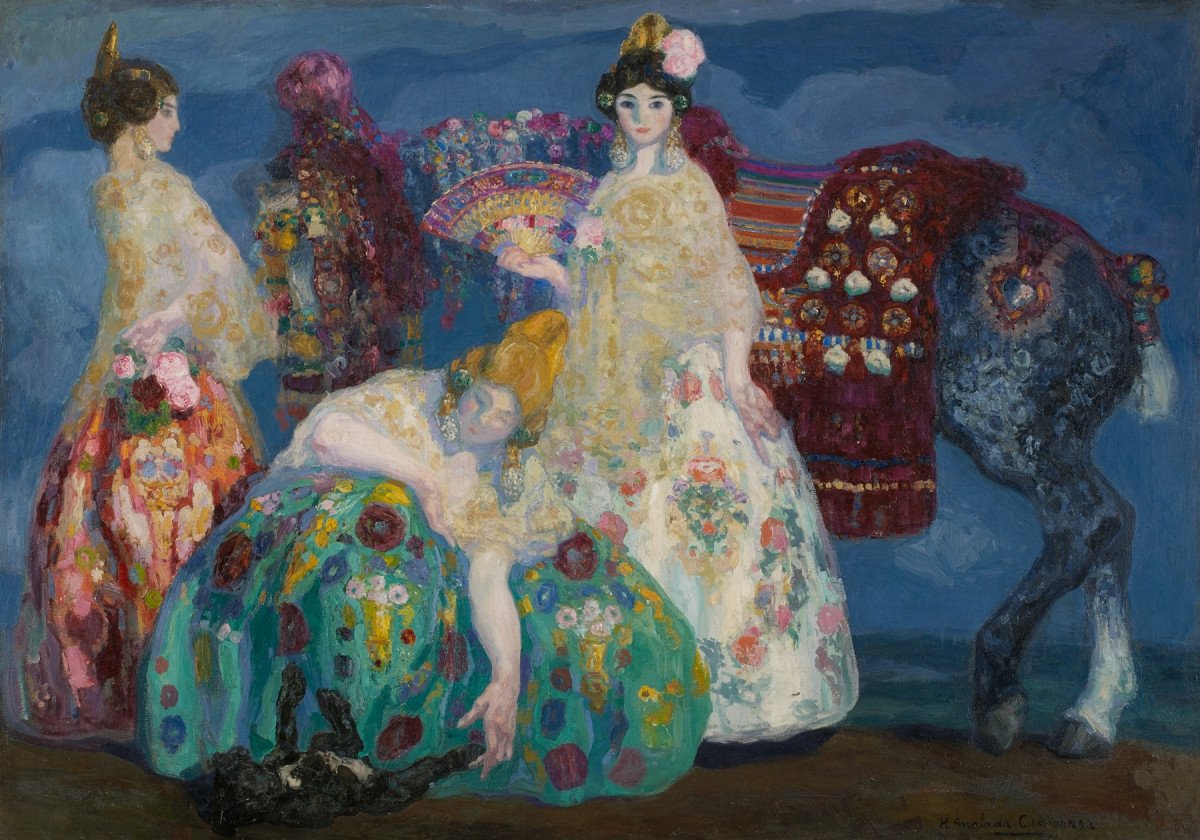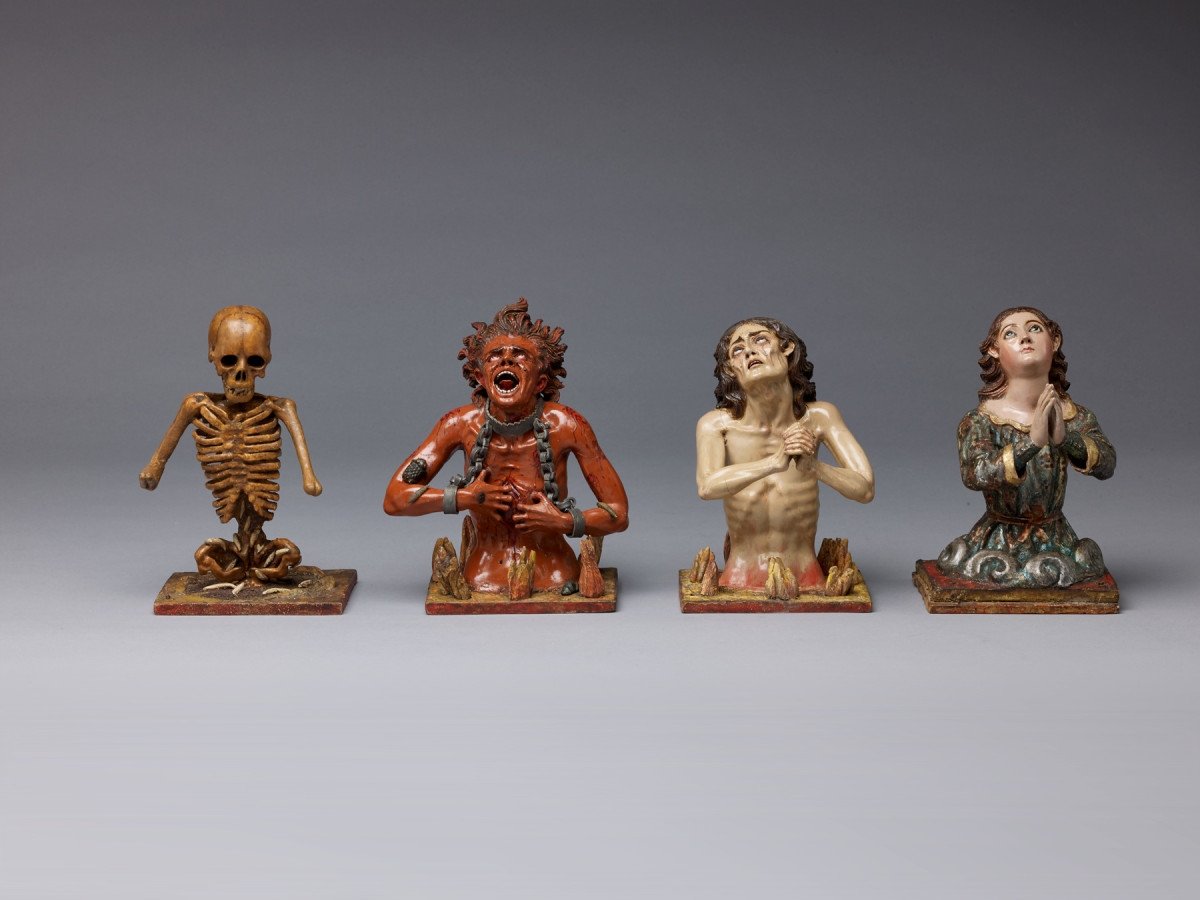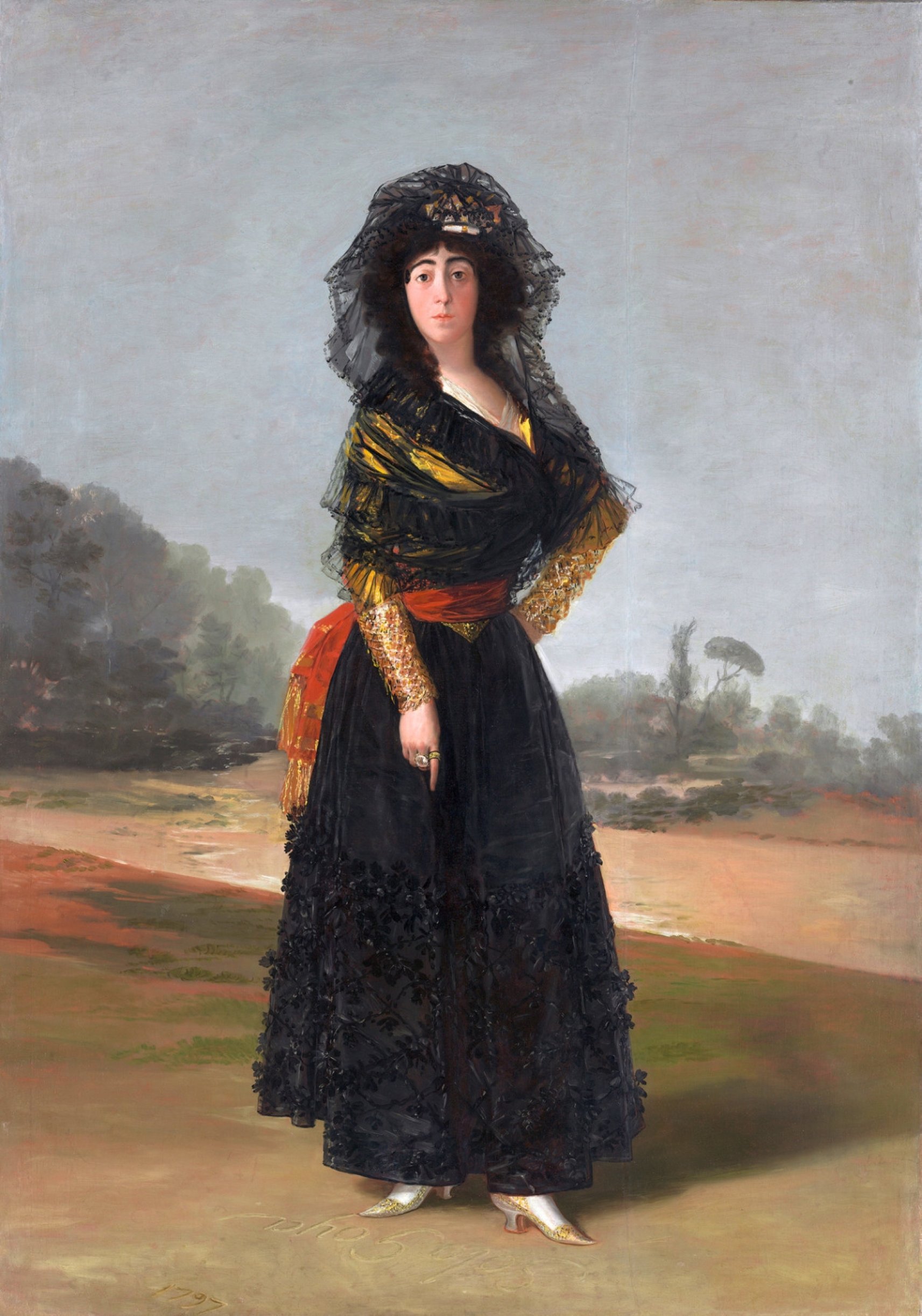© Turkuvaz Haberleşme ve Yayıncılık 2024
A Spanish wind takes Piccadilly Street by storm as the works of iconic artists Goya, El Greco, Zurbaran and Velazquez are now displayed as part of the exhibition "Spain and the Hispanic World" at the Royal Academy of Arts.
The 150 works brought Spanish culture, its ties to America, and its Islamic and Roman influences closer to the Britons thanks to the Hispanic Society & Library of New York. In addition to the masterpiece paintings, silk fabrics, Celtic jewelry and illuminated manuscripts are also displayed in this unique exhibition in chronological order, focusing on the Arab influence in architecture, ceramics and textiles. The exhibit also unfurls the coexistence and tensions between the three divine religions: Islam, Christianity and Judaism.
Reaching the British shore for the first time, the exhibition offers an unprecedented journey to the visitors, covering around 4,000 years of the history of Spain and the Hispanic world. The collection was brought together by prominent philanthropist Archer M. Huntington, as it happens to be the most surpassing collection on the Iberian Peninsula outside Spain.

The works, including an iron forge (with a selection of more than 300 locks and knockers in the collection), open the way to medieval Spain and the room where the golden age shines in all its splendor in the exhibition halls.
As the most encompassing exhibition on the deep-rooted history of the Iberian Peninsula, many classical paintings previously displayed in Spain can now be seen in London.
Among many of his masterpieces, the portrait of the "Duchess of Alba" by Francisco de Goya can be seen in the exhibition, as the painting includes his signature in the sand the duchess stands on.
On the other hand, one of the most prominent names of 17th-century European art, Diego Velazquez's "Portrait of a Girl" depicts a classic subject. Even though Velazquez drew portraits of famous and wealthy names, as seen with this piece, he also portrayed the ordinary people of society.

While "The Penitent St. Jerome" by a significant figure of the Renaissance, El Greco, "The Greek" is also one of the notable works to be seen in the exhibition.
Known for his portrayal of the saints, Francisco de Zurbaran's depiction of "St. Emerentiana," the patron saint of the city of Teruel in Aragon, is truly dazzling to see.
The exhibition features one of the rare female artists of the 17th century, Andrea de Mena, with her striking sculpture of the weeping Virgin "Mater Dolorosa," which realistically depicts the real suffering of Mary, as tears flow from her eyes due to Christ's suffering.

In addition to de Mena, the striking figurines by Manuel Chili, also called Caspicara, "The Four Fates of Man: Death; Soul in Hell; Soul in Purgatory; Soul in Heaven," unfurls an eschatological scene from the Bible, gripping the audience with the mastery on the face details.
Last but not least, the famous map by Giovanni Vespucci that was drawn in 1526 is included in the exhibition. In addition, 14 paintings are gathered under "Vision of Spain" by Joaquin Sorolla, who is known for his luminous drawings of beach scenes.
The exhibition will be open until April 10.
